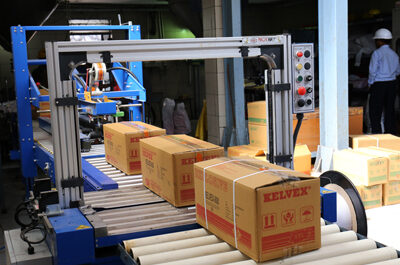A Robotaxi is a car that is fully automated and can drive from one location to another without the need for a driver. Compared to traditional cars, they are designed for autonomy and require a much greater level of processing power. They have to be able to process and understand the enormous amount of sensor data that they generate. They also need to be able to upgrade and incorporate new AI algorithms in order to maintain their level of automation.
Traditional cars, on the other hand, are at their highest level of automation at the point of sale and cannot take advantage of advances in AI algorithms. If fully autonomous vehicles become a reality, private car ownership could plummet in favor of mobility-on-demand services fulfilled by fleets of driverless cars. Such a scenario could reduce transportation costs for millions saddled with limited access to private and public transit, significantly reduce traffic congestion and pollution, and free up road space for other uses.
In an attempt to bring down the cost of transport, it is set to disrupt the industry. While the technology is still evolving, a raft of private and public companies are testing them in cities around the world. By removing the driver, a car can operate in a much more efficient manner, saving fuel and cutting down on operating costs.
In addition to providing a safe and convenient means of transport, it can lower operational costs by eliminating the need for human drivers. This could threaten the large number of contract workers who drive for cab-hailing companies, but it may also attract customers looking for greener alternatives to private cars.
While traditional cars reach their maximum capability at the point of sale, they are constantly improving as they learn to navigate different environments and perform a variety of tasks. These advancements require massive quantities of sensor data and robust software that can handle multiple deep neural networks running concurrently. In addition to reducing cost, the use of robotaxis can have a number of other benefits, from improving safety to lowering energy consumption.
The Robotaxi Market stands at the forefront of the transportation revolution, poised to redefine how we navigate our urban environments. These autonomous vehicles, equipped with cutting-edge technology, offer the potential to transform commuting into a seamless and efficient experience. As companies continue to develop and test self-driving technologies, the Robotaxi Market holds the promise of reducing traffic congestion, enhancing safety, and contributing to a more sustainable transportation ecosystem.
In the meantime, autonomous taxis are set to disrupt traditional car ownership and mobility models by bringing convenience, efficiency, and sustainability to the forefront of everyday travel.
Aside from reducing the number of vehicles on the road and decreasing energy consumption, another key advantage of robotic taxis is their ability to operate without the need for human drivers. This translates into greater profitability for the companies that deploy them since the cost of hiring and training driver-partners is a major part of ride-share Company operating costs.
The technology behind the self-driving capabilities of robotic taxis is also continually improving. In-vehicle systems can now support features up to Society of Automotive Engineers (SAE) Level 2. SAE Level 3 is where the robotaxi becomes fully driverless, albeit within limited conditions. This includes driving within geofenced areas, and when there is an urgent need for a driver to intervene, such as severe weather conditions.
In addition, the use of deep learning algorithms in data centers allows for a continuous improvement cycle that is delivered to vehicles via over-the-air updates. This enables the vehicle to keep up with its rivals in terms of feature sets, while still offering high-quality, reliable performance.
North America is projected to show significant growth in the global Autonomous Vehicle Market over the forecast period.
Furthermore, the automated navigation systems in robotaxis can be more precise than those found in current cars. This is important in urban environments, where traffic congestion and other factors often cause a car to lose its way. By using GPS coordinates to pinpoint the position of a destination, the autonomous taxi can then determine the best route and avoid any delays, saving time and reducing frustration for passengers.




